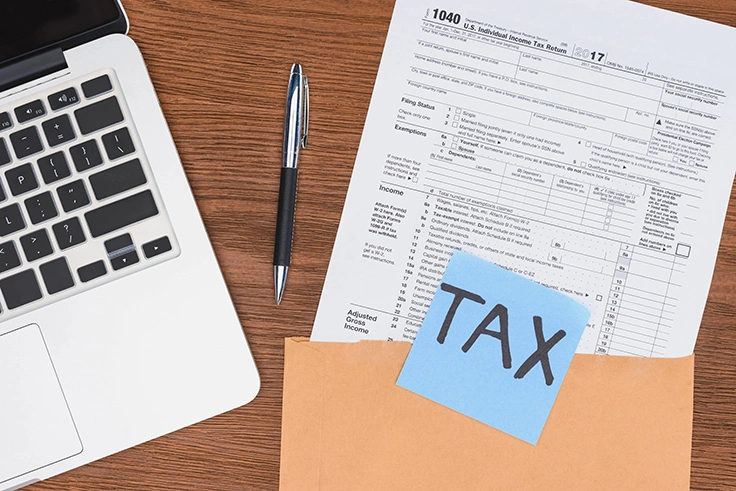CBDT's New TDS Guidelines for Salaries FY 2024-25

The Central Board of Direct Taxes (CBDT) has issued Circular No. 03/2025 on February 20, 2025, to provide detailed guidelines for income-tax deduction at source (TDS) from salaries under Section 192 of the Income-tax Act, 1961 for the Financial Year 2024-25. This circular consolidates amendments from the Finance Act, 2023, Finance (No. 1) Act, 2024, and Finance (No. 2) Act, 2024. In areas where these recent Finance Acts have not introduced changes, the provisions of Circular No. 24/2022 continue to apply.
Background and Rationale
1.1. Context and Challenges
Over the past few years, multiple Finance Acts have been enacted in quick succession, resulting in:
- Overlapping Provisions: Employers faced challenges in determining the applicable TDS rates due to frequent amendments.
- Compliance Ambiguities: Varied interpretations led to potential non-compliance and discrepancies in tax deduction from salaries.
1.2. Objectives of Circular No. 03/2025
To address these challenges, the circular aims to:
- Consolidate Amendments: Provide a unified guideline that integrates all recent changes.
- Clarify Applicability: Specify that, where no new amendments exist, the guidelines from Circular No. 24/2022 remain in force.
- Enhance Compliance: Streamline the TDS computation process for both employers and employees.
Key Amendments and Updates
2.1. Salary and Perquisites
Updated Definition of Salary
- Inclusion of Government Contributions:
The term “salary” now explicitly includes contributions by the Central Government to the Agniveer Corpus Fund under the Agnipath Scheme. This update ensures that these contributions are treated as part of an employee’s salary income for TDS purposes.
Revised Definition of Perquisites
- Accommodation Perquisites:
The circular revises the taxation of perquisites, such as rent-free or concessional accommodation provided by employers. Employers must now calculate the taxable value of such benefits according to prescribed valuation rules based on city population, rental value, and whether the accommodation is employer-owned or rented.
2.2. Tax Slabs and Regime Updates
Revised Income-Tax Slabs (Old Regime)
- The circular provides revised surcharge rates for high-income earners under the old tax regime:
- Income > INR 50 lakh to INR 1 crore: 10%
- Income > INR 1 crore to INR 2 crore: 15%
- Income > INR 2 crore to INR 5 crore (excluding dividends and certain capital gains): 25%
- Income > INR 5 crore (excluding dividends and certain capital gains): 37%
- Income > INR 2 crore (including dividends and certain capital gains): 15%
New Tax Regime (Section 115BAC)
For taxpayers opting for the new regime:
- Up to INR 3,00,000: Nil
- INR 3,00,001 to INR 7,00,000: 5%
- INR 7,00,001 to INR 10,00,000: 10%
- INR 10,00,001 to INR 12,00,000: 15%
- INR 12,00,001 to INR 15,00,000: 20%
- Above INR 15,00,000: 30%
A rebate under Section 87A is available for individuals with taxable income up to INR 7,00,000, effectively making their tax liability zero.
Note: The new regime restricts most traditional deductions; however, employer contributions to the National Pension System under Section 80CCD(2) and contributions to the Agniveer Corpus Fund under Section 80CCH remain tax-deductible.
2.3. Specific Amendments on Leave Encashment
- Increased Exemption Limit:
The exemption limit on leave encashment for non-government employees at the time of retirement has been raised to INR 25 lakh. - Cumulative Exemption:
For employees claiming leave encashment over multiple years, the cumulative exemption is capped at INR 25 lakh. - Impact:
This significant increase provides substantial tax relief for retiring employees by reducing the taxable portion of their leave encashment payments.
2.4. Provisions for the Agniveer Corpus Fund
- Full Tax Deductibility:
Contributions to the Agniveer Corpus Fund made by Agniveers are fully tax-deductible. - Central Government Matching:
The matching contribution by the Central Government is also fully tax-deductible. - Significance:
These provisions underscore the government’s support for defense personnel under the Agnipath Scheme, encouraging participation and ensuring that such contributions are not taxed.
2.5. Reporting and Compliance Updates
TDS Computation (Section 192)
- Employee Declarations:
Employers must incorporate any additional income or losses declared by employees such as house property losses to compute TDS accurately. - Comprehensive Deduction:
TDS on salaries should account for all taxable components, including revised salary elements and perquisites.
Updated Forms
- Form 16:
The TDS certificate now includes revised reporting of deductions and exemptions, reflecting the switch from “Education Cess” to “Health & Education Cess.” - Form 24Q:
A new reporting column (Column No. 388A) has been added to capture details of tax deducted under additional sections, ensuring complete and transparent reporting.
2.6. Penalties for Non-Compliance
- Failure to Deduct TDS (Section 271C): Employers who fail to deduct the full amount of TDS will be liable to pay a penalty equal to the tax not deducted.
- Failure to Deposit TDS (Section 276B): If deducted TDS is not deposited within the stipulated period, the responsible party may face rigorous imprisonment (from 3 months up to 7 years) and a fine.
- Emphasis on Timely Compliance: The circular underscores the importance of adhering to these deadlines to avoid severe legal and financial repercussions.
Employer Responsibilities
Employers must ensure that their payroll systems and TDS processes are updated as per the new guidelines:
- Accurate Monthly Computation: Calculate estimated annual income of employees and adjust monthly TDS based on the revised tax slabs and additional salary components.
- Employee Declarations: Integrate investment proofs and declarations provided by employees for eligible deductions to ensure precise TDS computation.
- Timely Issuance of Updated Forms: Issue the revised Form 16 by June 15 of the assessment year, reflecting all changes from the circular.
- System Upgrades: Update payroll software to include new features such as the additional column in Form 24Q and adjustments for perquisites and leave encashment.
Implications for Employees
Employees should be aware of the following aspects:
- Revised Tax Liability:
With changes in salary components and perquisites, including the updated treatment of contributions to the Agniveer Corpus Fund and increased leave encashment exemption, employees must reassess their taxable income.
- Investment and Declaration:
Timely submission of investment declarations is crucial to ensure accurate TDS deductions. This will minimize discrepancies at the time of filing income-tax returns.
- Tax Regime Choice:
Employees need to evaluate the benefits of the new tax regime versus the old regime, particularly considering the impact of reduced deductions in the new regime.
Implementation and Compliance Roadmap
Phase 1: Immediate System Updates (March 2025 Onwards)
- Payroll Systems:
Employers must update their systems to reflect new TDS rules. - Team Training:
HR and payroll teams should receive training on the updated guidelines.
Phase 2: Employee Declarations and Form 16 Issuance (April – June 2025)
- Declarations:
Employees must submit tax-saving proofs by March 31, 2025. - Form 16:
Employers must issue the revised Form 16 by June 15, 2025.
Phase 3: Ongoing Compliance and Monitoring
- Cross-Verification:
Ensure that compliance measures align with both Circular No. 03/2025 and retained provisions from Circular No. 24/2022. - Seek Clarification:
Any discrepancies should be promptly addressed by consulting the Income-Tax Department.
Conclusion
CBDT Circular No. 03/2025 represents a critical update to the TDS framework for salaries for FY 2024-25. By consolidating amendments from recent Finance Acts and clearly outlining the treatment of key components such as the inclusion of Agniveer Corpus Fund contributions, revised perquisite valuations, and an increased leave encashment exemption the circular simplifies the tax deduction process.
Employers are required to update their payroll systems and ensure that all changes are implemented accurately, while employees must remain informed about the modifications to better plan their tax liabilities. With a clear compliance roadmap and strict penalties for non-compliance, the updated framework aims to reduce ambiguity and promote efficient tax administration.

Leave a Reply